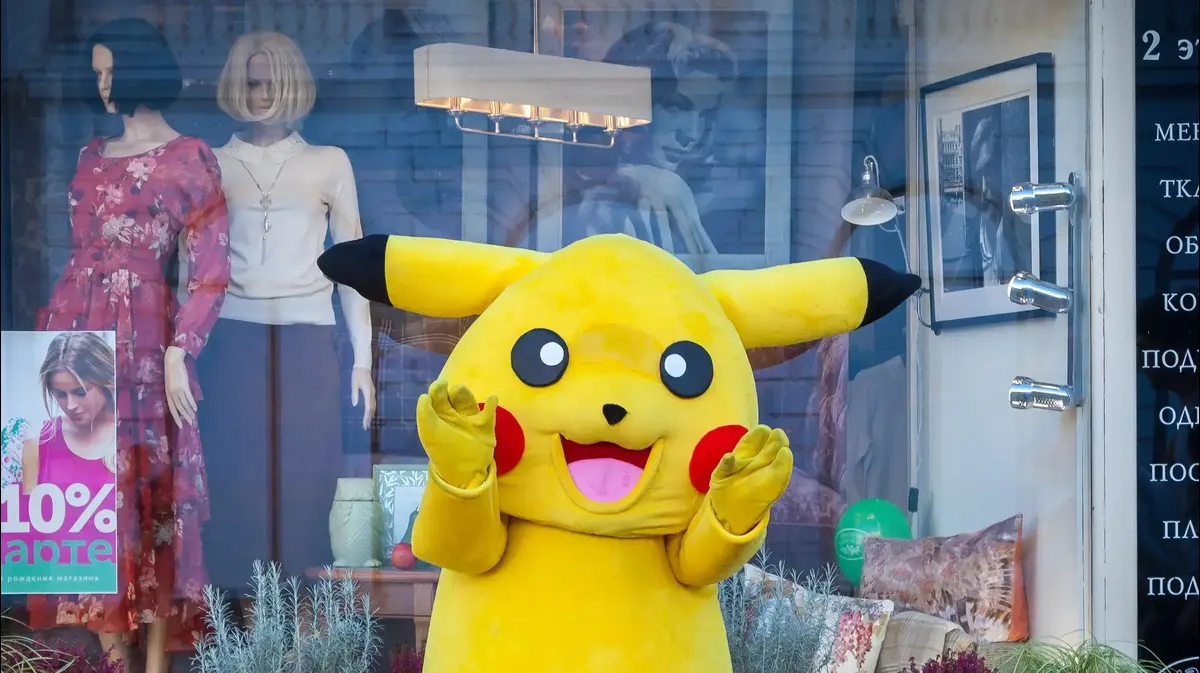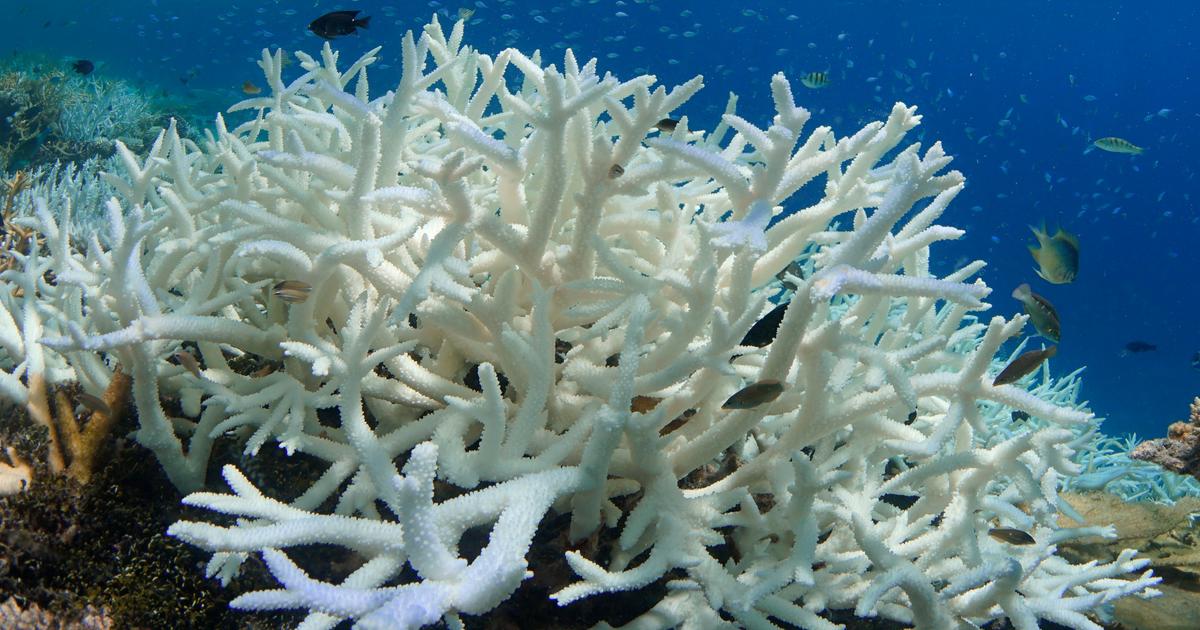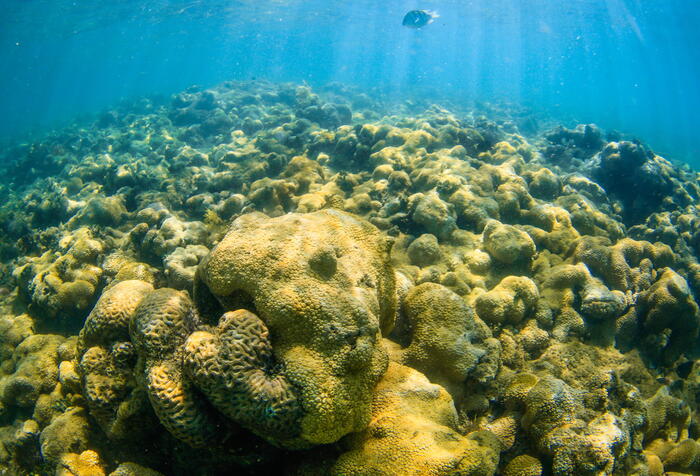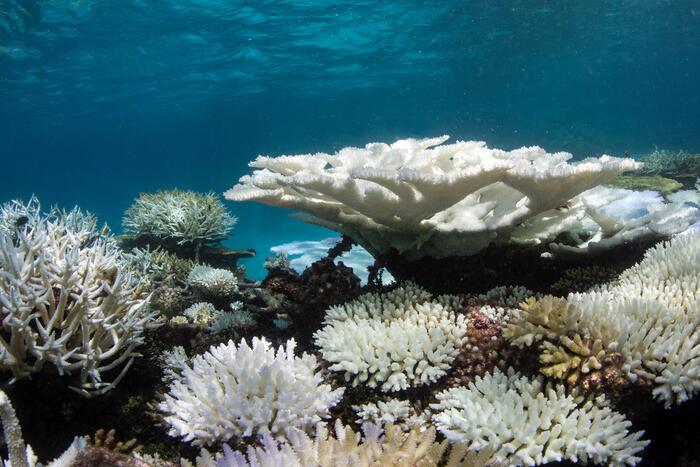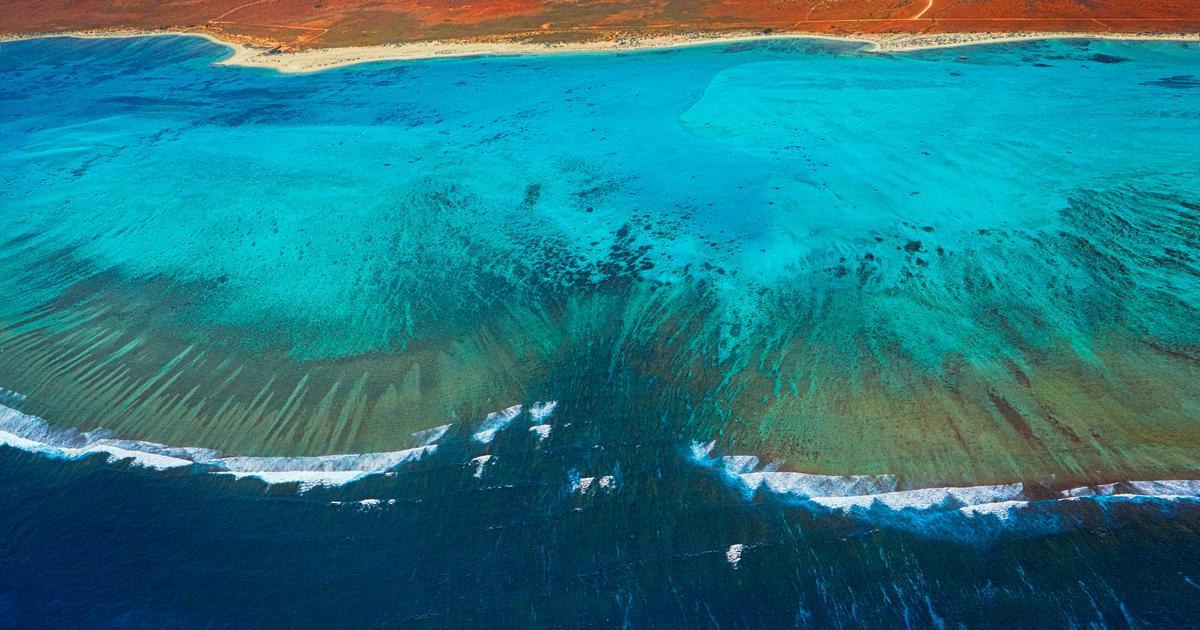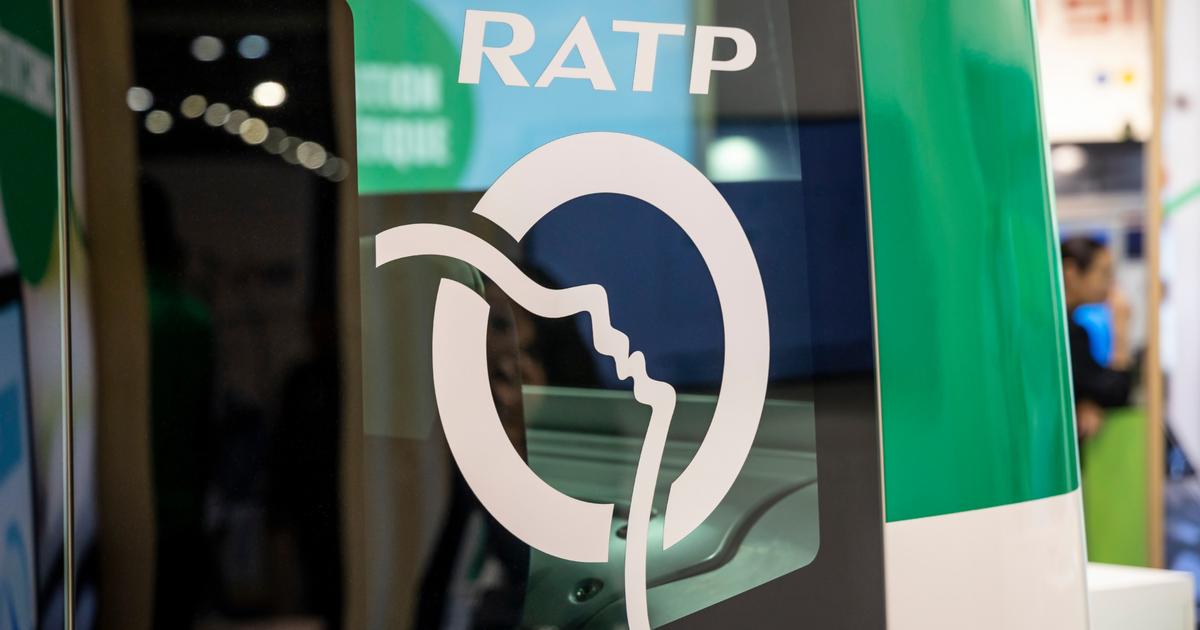The game that is worth millions and is geared towards saving the coral
Popular game makers Pokémon showcase a new character that symbolizes one of the sad environmental phenomena of the last forty years: the approaching end of the world's coral reefs
The game that is worth millions and is geared towards saving the coral
angleIt all started with Satoshi Tajiri's love for collecting insects. As a child, Tajiri enjoyed exploring the insect lifestyle in his hometown of Chida, near Tokyo. Over the years, the amount of insects in his environment has diminished, partly due to the acceleration of construction, and Tajiri, who, apart from his love for nature, has developed a keen interest in computer games, decided to develop a computer game that simulates insect collection. In the game, if Pokémon called, the player must collect various characters that are around and train them in battles against other characters, which change and improve over time.
Tajiri's little game has become a multimillion-dollar international success that includes computer games, TV series, movies and countless products featuring the little ones and their favorite creatures for children and adults alike.
One of the world's leading Pokémon products is the "Pokémon Sword and Defender" game, which introduces disruptions to the imaginary space where the game, Galar, is and is reminiscent of changes taking place in our planet. One of the characters in the game is called Corsula. Since 1999, the character, who originally looked like a happy pink sandalwood, has appeared in various incarnations in the Pokémon world, but in her new version Corsola has undergone a change inspired by the global climate crisis. The character became a ghost and changed its color to whitish-gray, following a "sudden change in climate" that hit Corsula, as the character's description in the game said.
More in Walla! NEWS More in Walla! NEWSThe bamboo will replace the cement? The green construction that will protect the environment
To the full articleMore in Walla! NEWS
Tesla shattered forecasts and provided ambitious dedication target following Trump's announcement: Likud's strengthening, blue-and-white still biggest despite bypassing forecasts: Facebook is plunging in late trade 70,000 people wrong: proven knee pain treatment and back-to-back contentCoral bleaching
Of course, Corsola's story is the true and disturbing story of the world's coral reefs, which are affected by global climate change. Corals depend on their interactions with algae. The coral hosts the seaweed, which lives inside it and produces food for both of them. Acceleration performs photosynthesis, uses light and carbon dioxide to create carbohydrates (sugars) and it gives the coral its special color.
Acceleration is very sensitive to temperature. On the one hand, it is not adapted to cold water life and depends, of course, on sunlight for the production of carbohydrates through photosynthesis, so the vast majority of coral reefs (living in coral and algae symbiosis) are found in tropical or relatively warm and shallow areas and not in the heart of the oceans. On the other hand, acceleration is heat sensitive. When it is too hot (and it is enough for the average summer maximum temperature to rise up to half an hour for a few weeks), it enters in many cases a cell of membranes that are impaired and its ability to produce carbohydrates in photosynthesis stops.
Instead, because it is still exposed to light that generates electrons in the cell, it begins to form free radicals that flow from it to the coral cells, too, until the coral that begins to be damaged by the radicals emits the algae from its cells into the seawater or some of its cells die along with the dying algae. When this happens, the coral loses its color and remains transparent, so the white blood of calcium carbonate (calcium carbonate) is exposed to the eye - hence the name "coral bleaching".
Coral reefs can recover from bleaching. In the state of bleaching, the coral loses up to 90% of its food supply and has only the ability to capture the plankton through its hunting arms. Because areas where coral reef animals are nutrient-poor and therefore also contain relatively limited populations of plankton, the ability of corals to survive through hunting alone is not high, and even varies among different species of coral. When temperatures return to their average levels (and when the heat exposure period is not too long), the remaining corals can acquire new algae from the water and the coral reef can thrive after a restoration period. As the frequency of mass bleaching events in the world's coral reefs increases, the less likely the reefs experienced by the bleacher to survive are restored and thrive.
A study from 2016-1980 found that the frequency of mass whitening events in reefs around the world increased from 25 years to 6 years.
Coral (Photo: shutterstock)
Girl swimming between coral on Great Barrier Reef, Australia (Photo: ShutterStock)
90 percent of coral reefs will disappear in 30 years
"The phenomenon of coral bleaching was first observed in the 1980s. It is a relatively new phenomenon, but it is increasing in intensity and frequency," says Prof. Maoz Payne, marine ecologist at Bar Ilan University and the Inter-University Institute in Eilat. "Coral reefs are a very rich environment. Despite the small area they occupy in the oceans, they have a high value of productivity and productivity and are a rich habitat of many species."
"As a result of global warming, large areas of coral reefs are failing to survive. In the past 30 years, we have lost about half of all coral reefs in the world, and this is expected to worsen. We expect that by 2050, only about 10 percent of the world's coral reefs will remain. We will lose a huge resource with high value both culturally and economically. "
Coral bleaching directly affects humans. First, coral reefs provide physical protection to the shoreline from the damaging effects of waves and storms and natural erosion. In addition, many humans depend on coral reefs for their daily diet. Coral reefs are a source of essential materials for the marine food web, and damage to the reef will also damage the fishery. "Beyond that," Payne adds, "when we look at the potential of coral reefs in terms of natural and pharmaceutical materials, it's tremendous. Coral reefs have a lot of knowledge that we haven't explored enough yet."
Australia's largest barrier reef, the world's largest coral reef, is estimated to spend $ 1.5 billion each year on fishing and tourism, in addition to the additional services resulting from reef activity: fixing carbon dioxide from the atmosphere and turning it into a coral skeleton, oxygen production in the photosynthesis process , Nitrogen fixation that enriches and nourishes the marine environment of the reefs, nutrient recycling and more. Following the 2016 mass bleaching event that followed a 9-month heat wave, a 29 percent reduction in coral cover was reported in the 3,863 coral reef area that makes up the Great Barrier Reef due to the massive mortality of some coral species.
More in Walla! NEWS More in Walla! NEWSThis way you can invest smartly in an age of changing climate
To the full articleKeep the last reef
"In Eilat and the Northern Red Sea we find that the bleaching event never happened," says Payne. While the trend in the world is clear, in Israel the situation is quite the opposite. "It's one of the only reefs in the world that is in a state of prosperity and improvement."
According to a study conducted by Payne and his team, the reason for the prosperity appears to be the selection that the corals underwent when entering the Red Sea. The last ice age, which occurred about 20,000 years ago, did a kind of extinguishing and turning on the Red Sea region. Only about 7,000-6,000 years ago the bay came to life. Along with the entry of water, corals also entered, seeking a place to settle and breed. They settled in the southern Red Sea, which is a pretty hot area. Only the corals that succeeded in growing and raising their descendants themselves are the ones who also moved north in the Red Sea and finally settled in the Gulf of Eilat. "But our summer temperatures are about 7-6 degrees lower than in the southern Red Sea. Corals have been selected for high temperatures, but today live at significantly lower temperatures, which gives them a breath of air before reaching the critical and fatal temperature for them."
"The problem is that corals are not resistant to local disturbances, such as infections," Payne adds. "Therefore, if we do not keep the coral reef in the Gulf of Eilat from local pollution, such as oil and sewage entering Eilat or other cities in neighboring countries, then we may also lose the last reefs that are still thriving in the world."
What will be the fate of coral reefs in the world? It depends on how much we invest in maintaining them (in research, treatment, and mitigation of harmful factors), and in particular in reducing greenhouse gas emissions that drive climate change that threatens their continued existence. To do this, a cartoon character in a popular game that attracts attention and interest can also help.
More in business More in businessNew and dreamy: The menu at the Troy event complex is always fresh
In collaboration with Troy
To the full articleThe article was prepared by "Angle - Science and Environment News Agency"

